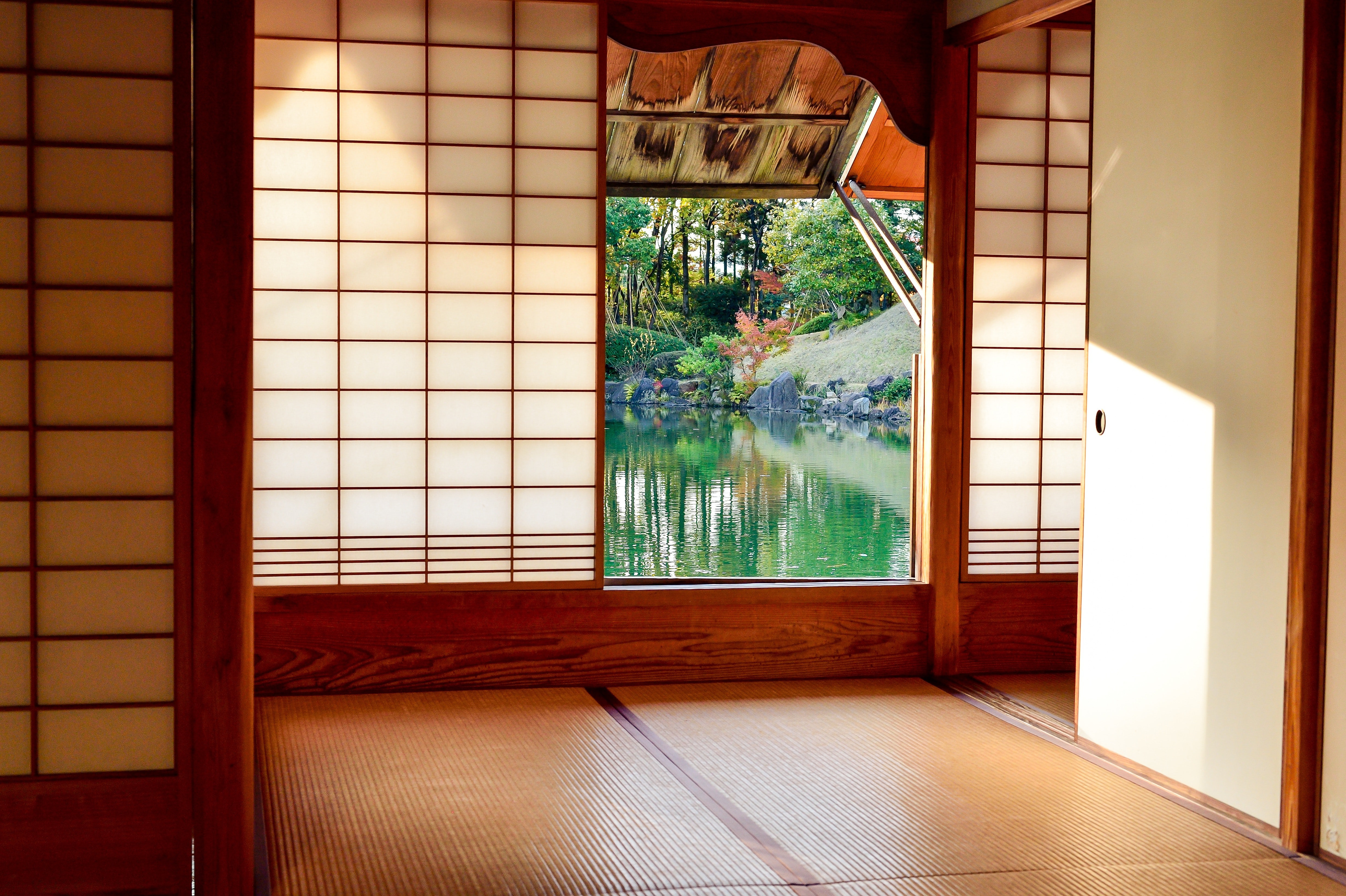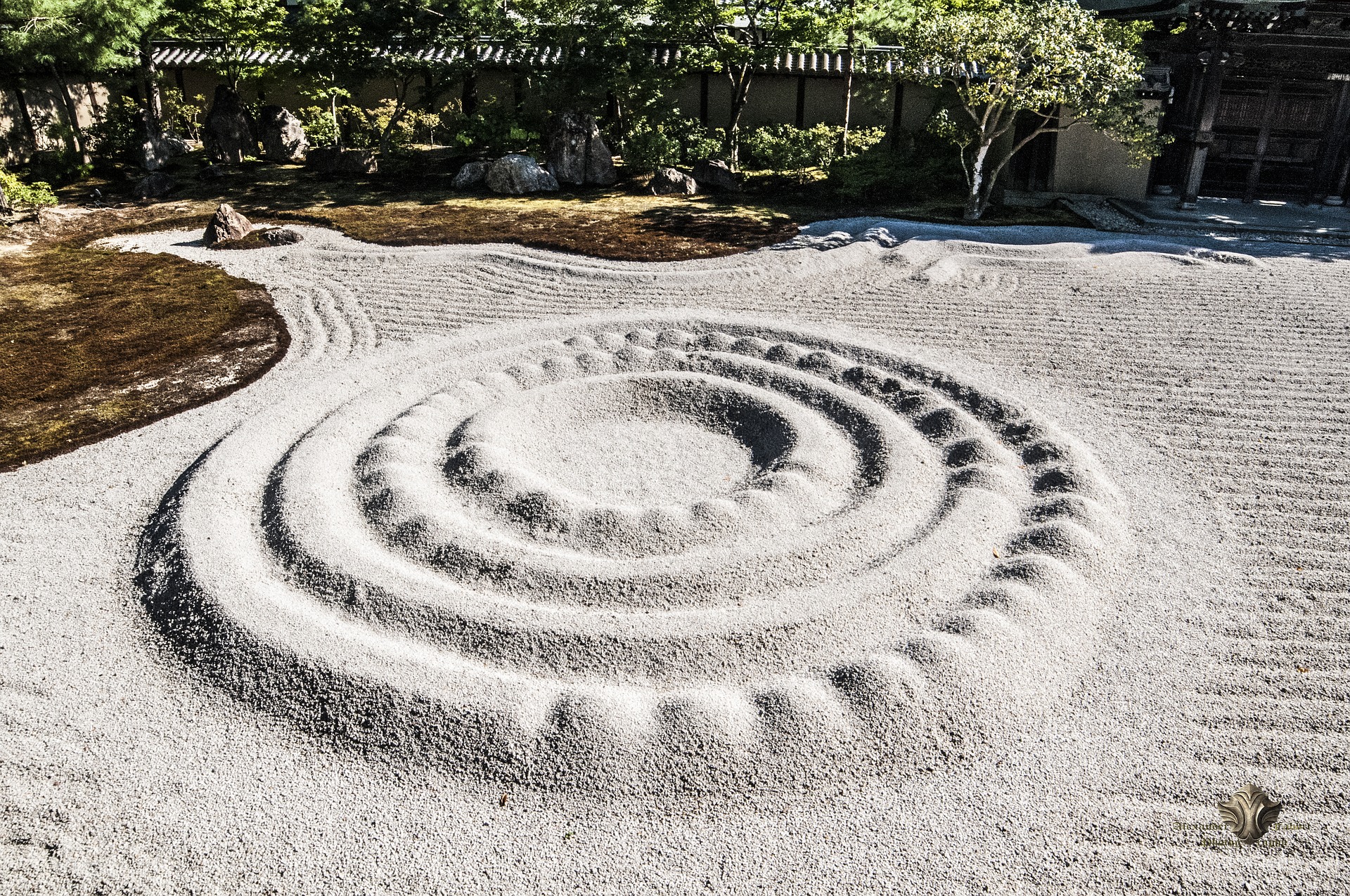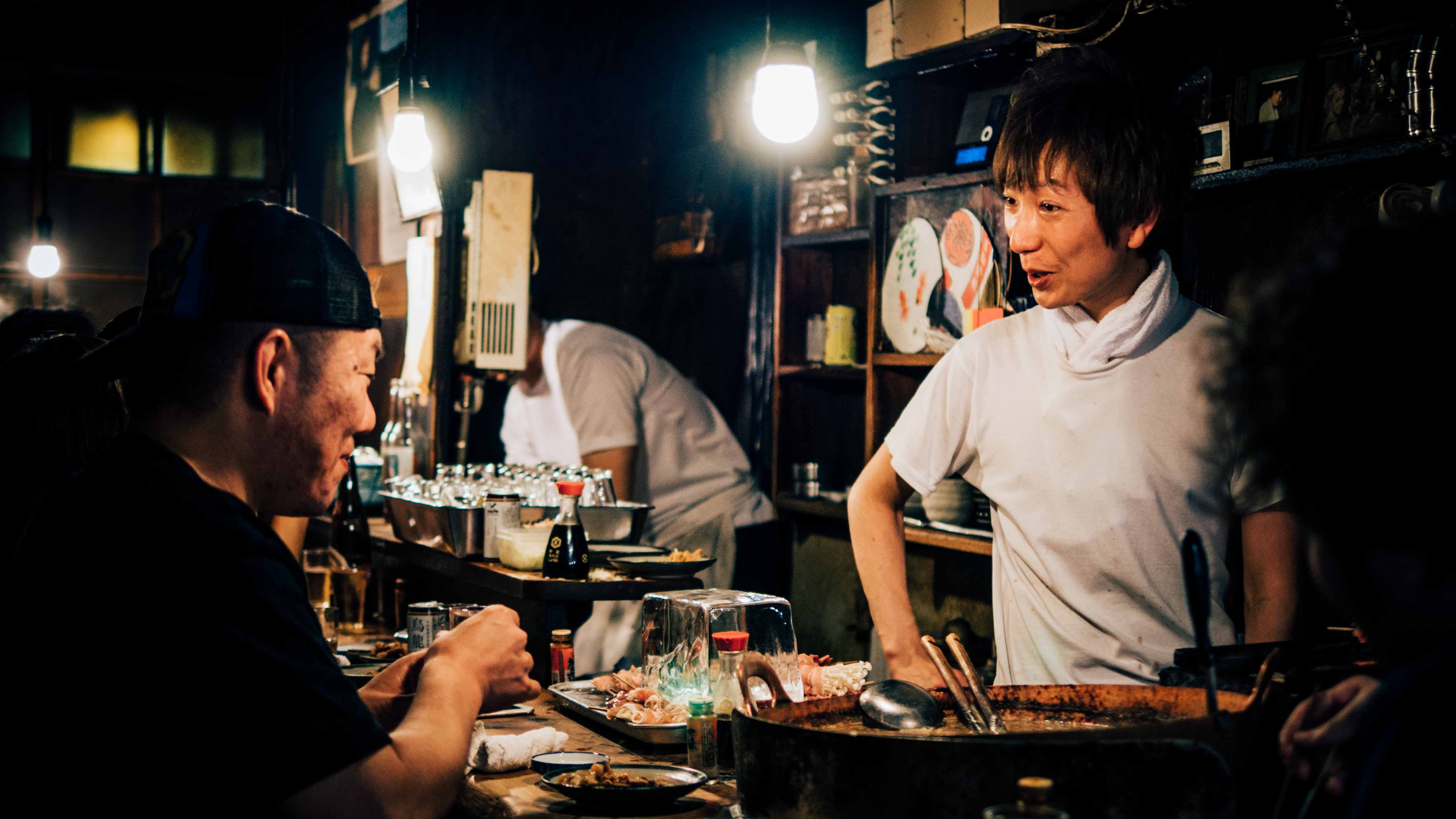
10 Ways To Increase Your Creativity Quotient

Have you ever heard someone say, “I’m not a creative person?” Don’t believe it! We were designed to be creative. Each one of us is unique, but creativity is in our DNA.
When you think of a really creative person, who comes to your mind?
- Steve Jobs?
- Paul McCartney?
- Albert Einstein?
- Steven Spielberg?
- Van Gogh?
- Tom Hanks?
- Francine Rivers?
- John Carlton?
- Tina Fey?
- Jeff Dunham?
Every one of those individuals is creative in their own right, even though each one expresses their creativity differently. The point is, creativity expresses itself creatively and you don’t have to be like any of those people in order to be creative.
When we create, we experience joy and personal fulfillment. When we create, others benefit in some way from our creativity. And creativity breeds prosperity. If you want to help people and earn a good living along the way, then keep creating. But there’s a catch… how do we keep creating? How do we keep those creative juices flowing?
David Campbell had the following to say about the devolution of creativity: “At age 7, we ask, ‘Why?’ At age 17, we ask ‘Why not?’ At age 37, we insist, ‘Because!’” Like any muscle that goes unused for a time, our creativity is in danger of atrophying. Below are 10 ways to reverse this devolution of creative thought.
10 Ways to Increase Your Creativity Quotient
What you’re about to read isn’t necessarily a system, but each action serves as a launch-pad for creative ideation:
- Cultivate a playful spirit of curiosity
Wherever you are and whatever you’re doing, be inquisitive. How can ducks hold their breath under water for so long? Where does wind come from? How can you transmit electricity wireless? At what temperature does sea water freeze? Some of those questions won’t interest you but look around you and find the answers to questions that puzzle you. Feed your curiosity. - Abandon old routines and put new ones in place
Have you imposed artificial structures in your life that stifle creativity? We’re creatures of habit. Good habits can serve us well. But sometimes our routines promote mindless wandering through life. We buck the idea of changing our routines. They’re familiar and we convince ourselves that we work best with their confines. The problem is that we rarely discover anything new within the walls of the familiar. Abandon some of your old routines and try something new and see what you discover. Visit new places, try new things. - Read voraciously
Reading books, articles, blogs, etc. feeds our minds with creative thoughts. We learn new things, apply old ideas in new ways, and see things through a different lens. Read all kinds of books. Braden the scope of your interest. Read for business and read for pleasure. - Tap into the minds of others
Pull some friends together over a cup of coffee, tea or a glass of wine and brainstorm a problem, topic, or idea. Case in point: Do you know that while one draft horse can pull 1500 kg dead weight, two draft horses teamed together can pull 4000 kg of dead weight?! That’s the synergy of working with others. Just imagine what you could do if you teamed up with others. - Brainstorm
Brainstorming isolates the discipline of creative ideation from analytical or critical thinking. You probably already know how to brainstorm: a) Anything goes; b) Reserve judgment or critical thought; c) write down all ideas; d)When you think you’re stuck, keep going. Also, try mind mapping a problem, blog, or podcast you’re creating - Cross-pollinate with other disciplines
We’ve already demonstrated this skill above. If you’re trying to solve a problem and brainstorm a solution, consider combining dissimilar sciences, arts, history, philosophy, medicine, or religion. - Remove yourself from whatever it is you’re trying to solve
Have you ever been driving a car, taking a shower, jogging, or playing with your dog and all of a sudden the solution to a problem hits you? If you feel stuck, leave the problem on your desk and go for a walk, or do something totally different. Even if an idea doesn’t come to you while you’re away, you may come back with a different perspective. - Let ideas incubate
While similar to the previous point, the idea here is that sometimes and idea has a “gestation” period. We need to allow an idea time to form and mature in our minds. Just like having a baby, you can’t rush the process. Mull over it, meditate on it, and let it simmer in your mind. “Creativity in a business cannot be ordered like breakfast at the Waldorf. Instead, it must be stimulated, motivated and induced.” – Roy Ash - Embrace hardship
“Necessity is the mother of invention,” we’re told, and it’s true. There’s an amazing scene in the movie Apollo 13, where the ground crew spreads out a pile of random objects on a table with the urgent task to design a filter that will save the lives of the crew in the space module. It’s often in the face to lack or need that creativity presents itself so powerfully, so don’t be too quick to eliminate all hardship or need from your life. Instead, leverage it to your advantage. H. Jackson Brown, Jr. in Life’s Little Instruction Book wrote, “When starting out, don’t worry about not having enough money. Limited funds are a blessing, not a curse. Nothing encourages creative thinking in quite the same way.” - Borrow shamelessly
Grab ideas from other sources, combine them, change them, give them a new name and capitalize on them. Don’t plagiarize. Give credit where credit is due. But allow the creativity of others to serve as the raw materials for your creative ideas as well.
You are a creative person. Believe that. Discover how you are uniquely wired to express creativity. Follow the above tips to cultivate it. And like a well-watered garden, may your creativity flourish!
Read in my upcoming Blog how I can help you in your personal and business life.
Leave me a comment I’m curious to know what you created last. What will you create next?















Recent Comments